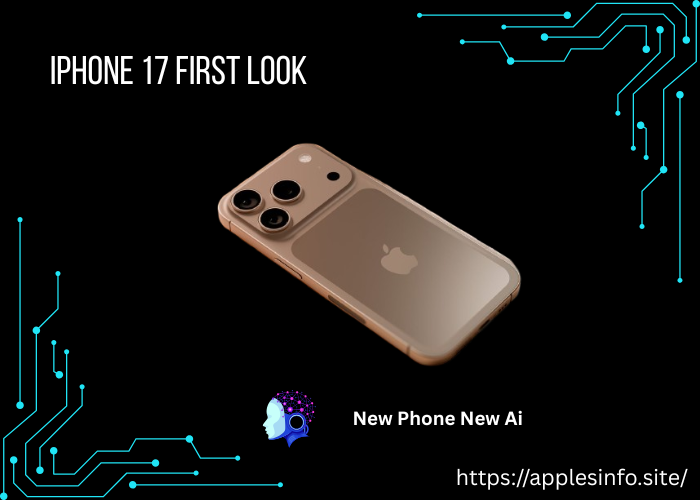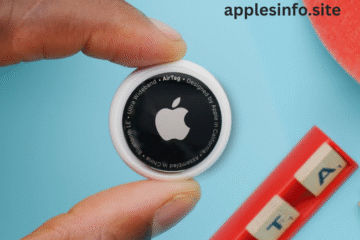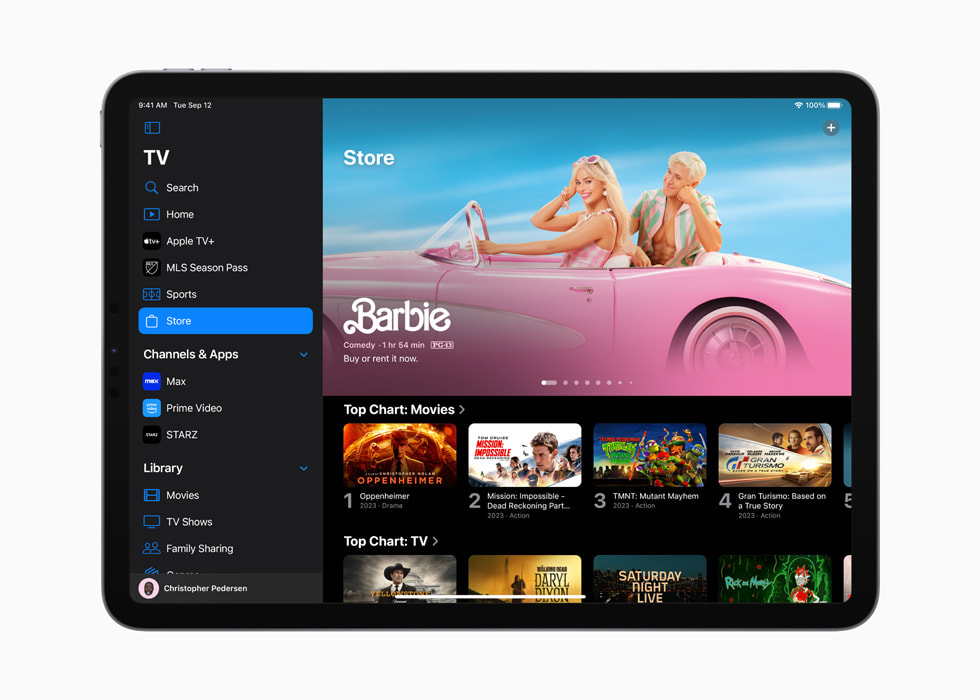iPhone 17 Pro Chassis Offers First Look at All-Aluminum Body
Curiosity, conjecture, and intense expectation are sparked by every new generation of smartphones, particularly when it comes to iconic flagship products. Because it raises the prospect of an all-aluminum body design, the purported iPhone 17 Pro chassis leak has sparked debates among tech enthusiasts. The present trend of glass and hybrid materials is very different from this supposed transformation, which suggests a sophisticated balance between weight reduction, durability, and contemporary aesthetics. If correct, this chassis design may mark a significant advancement in functionality as well as a visual makeover for consumers who expect their smartphones to be both powerful and elegant.
Table of Contents
A New Approach to Smartphone Design
The iPhone 17 Pro’s purported all-aluminum frame raises the possibility that smartphone design is shifting toward a more uniform, robust, and lightweight build. Aluminum promises a sleeker design while maintaining durability, in contrast to earlier generations that mostly depended on glass or stainless steel. This change suggests that the next generation would prioritize long-term utility and practicality without sacrificing premium feel.
Why Aluminum Stands Out
For many years, engineers and designers have praised aluminum for its versatility. Its ability to provide strong structural integrity, corrosion resistance, and lightweight nature are its main advantages. This substance could guarantee that a smartphone’s chassis stays thin and portable while lowering the possibility of cracks or breaks from unintentional drops. In addition to its endurance, aluminum has a sleek, polished surface that appeals to customers who want both style and robustness.
Weight Reduction as a User Advantage
One of the most immediate benefits of adopting an all-aluminum body is weight reduction. Modern smartphones are often criticized for being heavy, particularly the Pro variants, which prioritize strong materials and advanced features. By transitioning to aluminum, the iPhone 17 Pro could offer a more comfortable grip, reduce strain during prolonged use, and feel more seamless for everyday carry. This change could make a noticeable difference for those who rely heavily on their devices for work, entertainment, and communication.
Aesthetic Refinement Through Metal Crafting
The alleged chassis showcases a polished design that blends modern minimalism with classic sophistication. Metal, when crafted with precision, delivers a premium appearance that glass cannot always match. Unlike reflective glass panels, aluminum surfaces maintain a subdued elegance that resists smudges and fingerprints more effectively. This results in a device that not only looks luxurious but also retains its clean appearance throughout the day.

Structural Integrity and Longevity
Smartphone longevity has always been a concern, with users often upgrading due to cosmetic damage rather than functional limitations. An aluminum chassis addresses this problem by providing enhanced structural strength. It resists bending under pressure and offers better shock absorption compared to glass-backed designs. For many users, this translates into a smartphone that feels robust, trustworthy, and capable of withstanding the rigors of daily life.
A Step Toward Environmental Considerations
Another angle to the aluminum chassis lies in sustainability. Aluminum is highly recyclable, which makes it a favorable choice in reducing environmental impact. The adoption of such a material could reflect a broader shift in how future devices are designed with ecological considerations in mind. While not the headline feature, this aspect plays a vital role in shaping the perception of modern technology as both innovative and responsible.
Enhanced Thermal Performance
Thermal management is critical in high-performance smartphones. Aluminum, being a metal with excellent thermal conductivity, aids in dissipating heat more effectively compared to glass. This allows the device to maintain stable performance during demanding tasks such as gaming, video editing, or extended multimedia use. By integrating aluminum as the primary material, the iPhone 17 Pro could deliver smoother, more consistent experiences without overheating issues.
Compatibility With Advanced Features
The alleged design also raises questions about how an aluminum body will interact with advanced smartphone features. Antenna integration, wireless charging compatibility, and 5G connectivity are all critical considerations. Modern engineering techniques, however, are capable of overcoming these challenges by embedding discreet cutouts or adopting hybrid solutions. The leaked chassis suggests that such advancements are being carefully considered to ensure functionality is not sacrificed for aesthetics.
A Bold Departure From Glass Tradition
For years, the use of glass has been a defining element in smartphone design, admired for its reflective beauty and compatibility with wireless charging. Shifting to aluminum marks a bold departure from that tradition, signaling a possible end to an era where fragility often accompanied elegance. This change may resonate with users who value durability and practical design choices over delicate finishes that require constant protection.
User Experience Beyond Looks
The impact of an aluminum chassis extends far beyond aesthetics. Users will likely notice improved handling, reduced reliance on protective cases, and an overall sense of sturdiness. For professionals and enthusiasts alike, this could enhance day-to-day interactions with the device, making it feel more like a tool designed for longevity rather than a fragile piece of technology.
Reshaping Expectations for Pro Models
The “Pro” designation in smartphones has traditionally emphasized cutting-edge performance, camera systems, and premium materials. The all-aluminum body fits well into this philosophy by delivering a sense of exclusivity and refinement. It redefines what a Pro device can be—not just powerful but also engineered for endurance and comfort. This chassis design could set new benchmarks for what users expect from future Pro models.
Potential Impact on Future Devices
The alleged iPhone 17 Pro chassis may also influence broader industry trends. Once a flagship embraces aluminum as a defining feature, other devices may follow suit, creating a ripple effect in design language across the smartphone landscape. This could usher in a wave of stronger, lighter, and more sustainable devices across different market segments.
Balancing Tradition With Innovation
While the shift to aluminum is exciting, it must be seen as part of a larger evolution. The iPhone has long carried a legacy of blending tradition with innovation. This rumored chassis design embodies that balance—retaining sleekness and sophistication while rethinking the material foundation. It illustrates how innovation does not always require radical reinvention but can stem from perfecting fundamental elements.
Consumer Reactions and Expectations
Whenever leaks surface, they naturally stir up debates. Some users may celebrate the move toward a sturdier aluminum body, while others may prefer the glossy allure of glass. Ultimately, consumer reaction will depend on how the finished product balances aesthetics, performance, and practicality. If executed well, this shift could win over a wide audience and strengthen loyalty among Pro model users.
Looking at the Bigger Picture
The alleged iPhone 17 Pro chassis is more than a design leak—it represents the direction of future smartphone development. By focusing on durability, elegance, and sustainability, it highlights the growing importance of materials in defining user experience. As smartphones evolve into even more essential tools in daily life, every design decision becomes a reflection of what users truly value.
Summary
The alleged iPhone 17 Pro chassis offering a first look at an all-aluminum body introduces a fascinating chapter in smartphone design evolution. By replacing glass with a lighter, stronger, and more durable material, the device promises improvements in usability, longevity, and thermal performance. Beyond aesthetics, the shift suggests a deeper commitment to user experience, environmental responsibility, and practical refinement. While still unconfirmed, the idea of an aluminum chassis redefines what the Pro line stands for—durability, elegance, and innovation in equal measure. If true, this change could set a new design standard not just for one device but for the future of smartphones as a whole.



